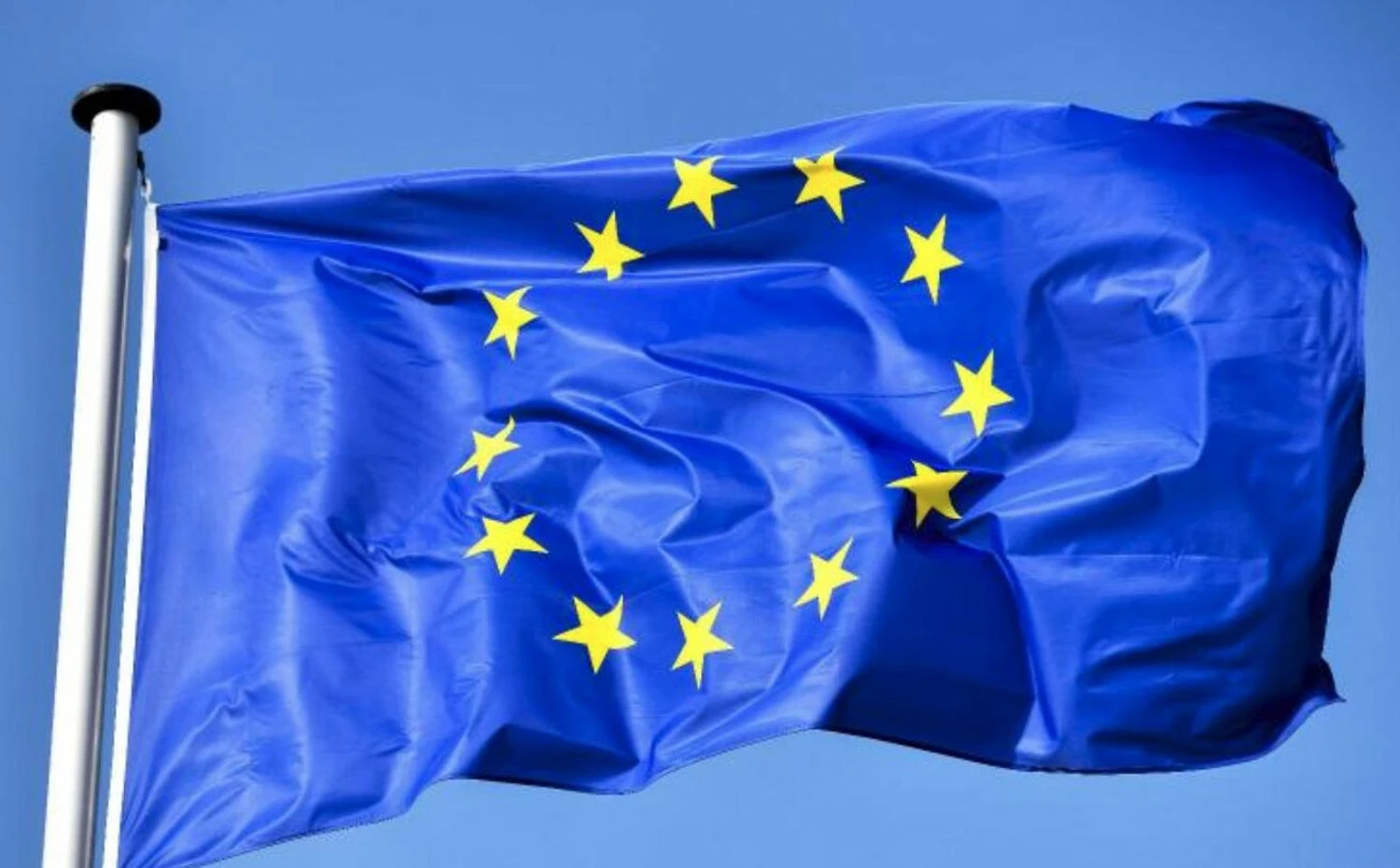“EU considers frozen Russian assets key to supporting aid to Ukraine – BloombergThe European Union is considering using about 200 billion euros of frozen Russian central bank assets as the only way to
sustainably finance Ukraine. EU leaders aim to reach a political agreement on this at next week’s summit, after which work on a
legal proposal will begin.
”, — write: unn.ua
DetailsThe European Union will seek to reach a political agreement on the use of these assets at a leaders’ summit in Brussels next week, sources familiar with the matter said.
Once that is secured, the bloc’s executive arm will quickly begin work on a legal proposal for a mechanism to release the funds by the second quarter of next year, the sources said. They spoke on condition of anonymity because the discussions are private.
The sense of urgency comes as much of the responsibility for financing Ukraine’s military and economic needs now falls on Europe, with the US saying it will no longer pay for weapons it could provide to Kyiv. Meanwhile, several EU member states are gripped by political and budgetary turmoil as they try to balance increased spending on their own security.
President Volodymyr Zelenskyy has made it clear that some allies are delaying funding for a special procurement program that allows Ukraine to buy weapons from the US with funds provided primarily by European partners. He said Kyiv planned to make $1 billion in purchases per month to “fully realize its potential.” Last month, Ukraine said six countries had already allocated about $2 billion for defense support packages.
Kyiv has long urged allies to provide Ukraine with more air defense systems and longer-range capabilities to strike military targets deep inside Russia, while Moscow continues to relentlessly bomb its cities and destroy its energy infrastructure.
Starmer, Macron, and Merz agree on using frozen Russian assets – Reuters11.10.25, 07:21 • 13113 views
US President Donald Trump said on Sunday he would consider arming Ukraine with Tomahawk long-range missiles, though he might first talk to Vladimir Putin about ending the war, which is now in its fourth year. The Russian president has so far shown no concrete signs of wanting to start peace talks, despite Trump’s persistent efforts.
Under the plans being discussed by the EU, Ukraine would receive about 140 billion euros in new loans using these assets. The money would only be repaid if Russia agrees to pay Ukraine for the damages caused by the war. The EU has repeatedly stated that the assets will remain frozen if this does not happen, and is looking for a way to keep the funds blocked based on a majority vote, rather than the unanimity currently required.
At the same time, the EU or a group of member states will provide Euroclear, the Belgian clearing house where the assets are held, with guarantees that it will be able to satisfy any potential future Russian claims if they arise through legal challenges. Moscow has said it will take retaliatory measures if the assets are confiscated. The EU’s plans do not involve full confiscation of the assets.
However, Belgium has so far opposed the move, arguing that it needs to ensure the legal validity of any guarantees provided. EU member states are also discussing the conditions to be attached to the loans, whether the funds should be used for military purposes, Ukraine’s economic needs or both, and how much of the money should be spent on supplies from Europe and how much from other sources.
According to some sources, Kyiv will likely need more than $200 billion to sustain its defense and financial needs until the end of this decade if the war continues.
EU countries want to coordinate the use of assets with other G7 allies, including the US, where some of the funds are held. British Prime Minister Keir Starmer said the UK was ready to do so after a phone call with the leaders of France and Germany last week. Together, the G7 has frozen about $300 billion in Russian central bank assets.
“There is a solution on how to do it”: Zelenskyy discussed with Lagarde the use of frozen Russian assets after Russia’s attack on energy infrastructure10.10.25, 14:24 • 2686 views
G7 finance ministers will discuss the issue this week, along with new sanctions to pressure Russia’s energy revenues, sources said. The G7 has already agreed to provide Ukraine with the profits generated by the immobilized assets, and these funds will continue to flow.
Separately, EU leaders will seek to reach an agreement on the bloc’s own sanctions package at next week’s summit. The package, which includes measures to ban Russian liquefied natural gas from 2027 and restrictions on several entities in third countries that allow Moscow to trade energy, has so far been stalled by Slovakia and Austria.
AdditionEU High Representative for Foreign Affairs and Security Policy Kaja Kallas stated during a joint press conference with Foreign Minister Andriy Sybiha that work is underway in the European Union on the issue of using frozen Russian assets.
